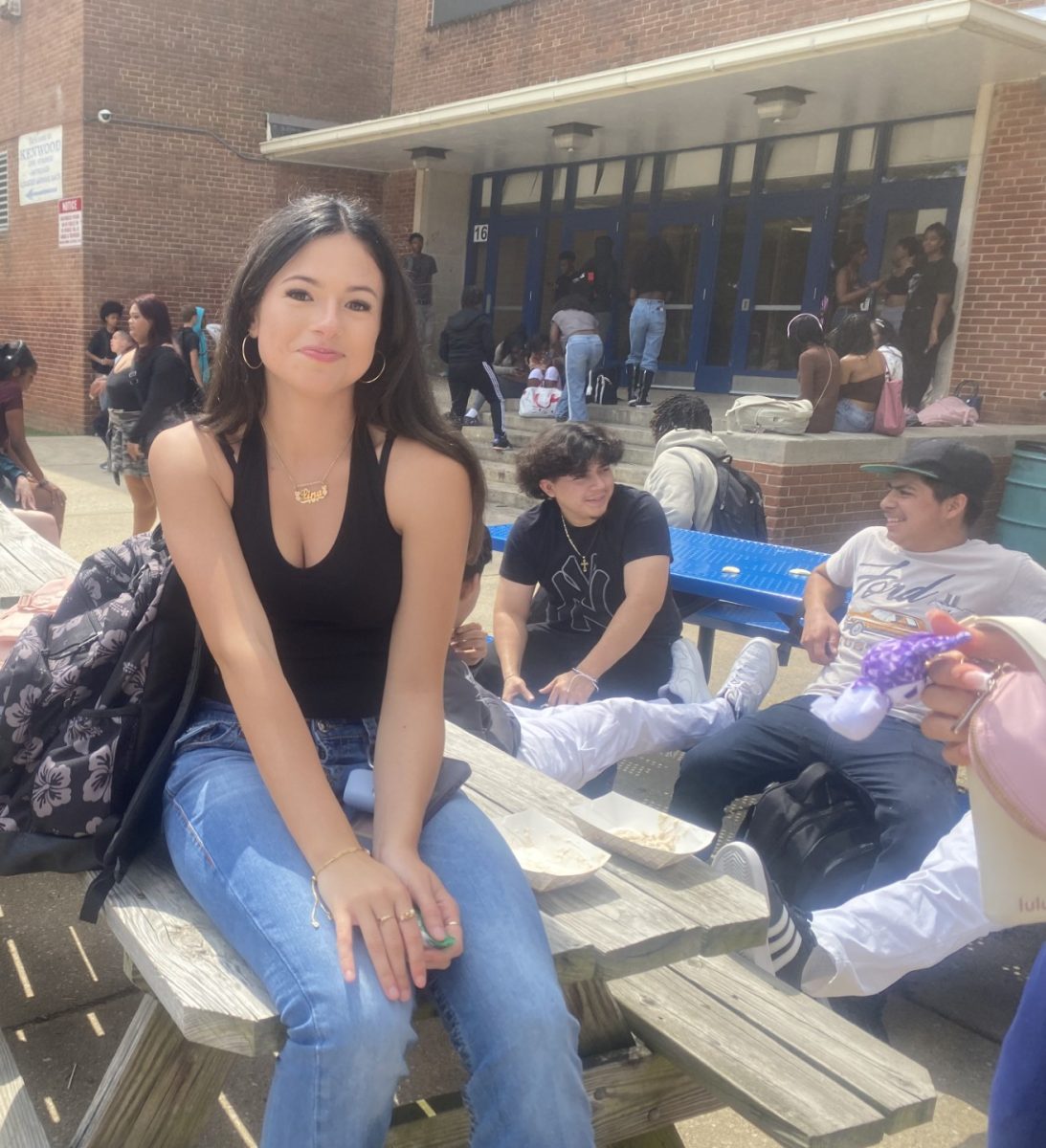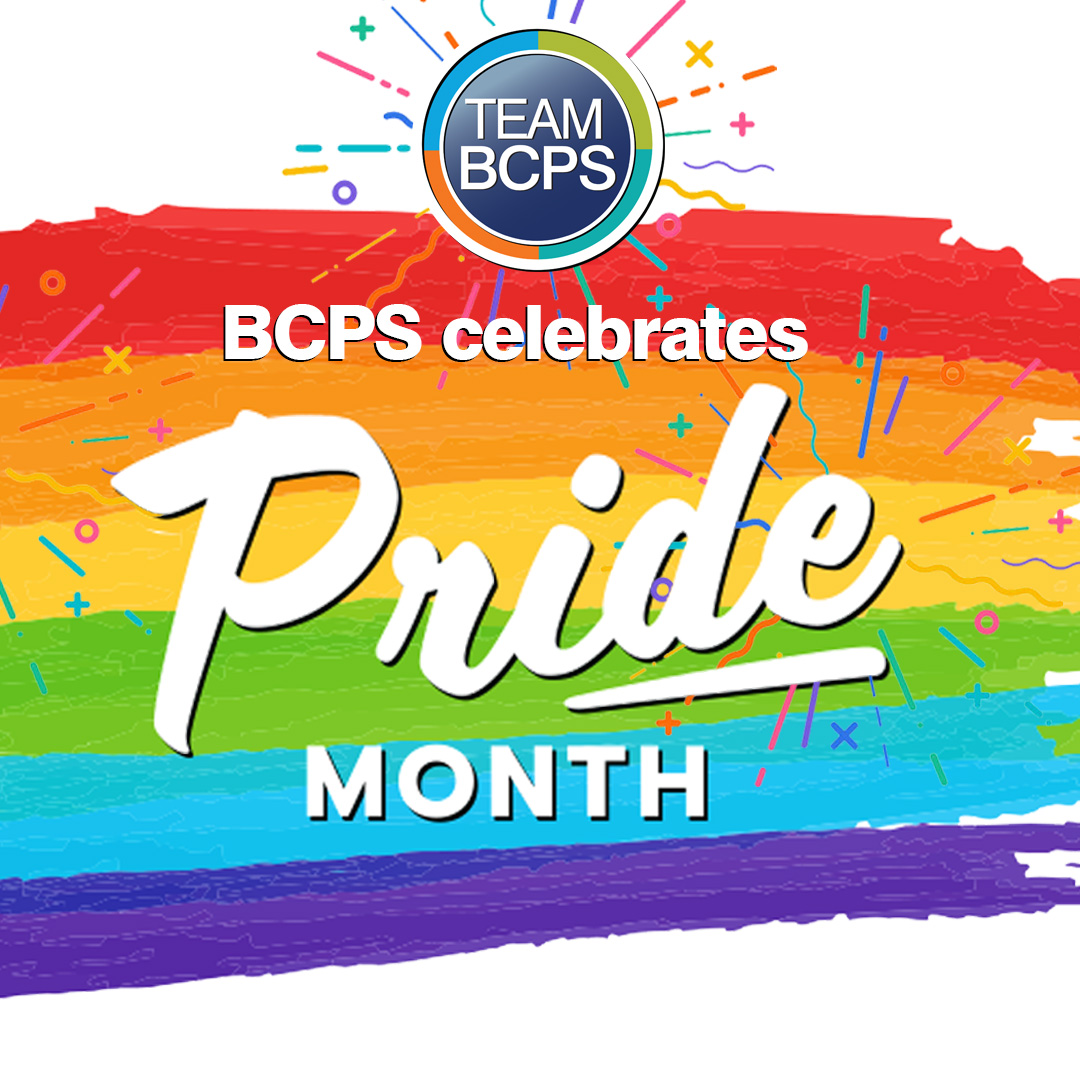Every generation must work, yet there are major differences between them. The differences must be understood for a workplace to function smoothly. Respect is crucial for older generations to understand younger ones, and vise versa.
We’ll dive into how different generations of workers view each other. How does an older generation worker view a younger one, and vice versa? We’ll explore the reasons behind these perceptions and seek ways to come to a mutual understanding.
Mrs. Glenn, representing the older generation, points out, “Younger generation is much firmer on saying no when things don’t serve them, they aren’t going to kill themselves for a job like the older generations. They also have no problem walking away when a job no longer serves them unlike the past generation that was more likely to suffer through bad management than move on. I think the younger generation is much more aware of personal boundaries and not willing to let employers take advantage them. However, the older generation sees that as a lack of work ethic.”
Following Mrs. Glenn’s observation, Mr. Kuklane also recognizes the tension between generations, noting, “In many cases, the younger generation resist the ideas and ideals of older generations.” This resistance is mutual. Younger generations often see older ones as outdated, believing their ideals are twisted by the times they come from. A statement by Mr. Kuklane caught my attention: “Younger generations should take influence, but don’t focus on the negative parts of the older generation.” However, as younger worker, how does one handle this? Would you be able to put aside racist or bigoted behavior possibly displayed by someone of an older generation? Would that present a challenge?
While controversial topics may complicate matters, there’s valuable insight to gain by looking past them. For instance, you can adapt the determination and work ethic of older generations and mold them to suit your own specific needs.
Now shifting to how older generations view younger ones, Mr. McWhorter remarked that in their time, losing a job meant “being out of luck,” possibly causing resentment. This animosity toward the younger generations may stem from the perception that today, there is more support when needing to leave a workplace, as Mr. McWhorter also noted. It could also be that older workers may feel less valuable at work compared to younger workers, as reported by shrm.org: “Among U.S. workers age 50 and older, 1 in 10 say in the past six months they have often or always felt less valuable at work compared to younger workers.” Nevertheless, there is a shared understanding on one point: the critical importance of work-life balance, a sentiment emphasized by Mr. Kuklane.
How can we, as a society, come together to better understand each other, possibly learn from each other, and finally reflect on what the other has done?
Abagail McKnight, a former Kenwood student, says that when companies embrace employees of all ages, it sparks creativity, innovation, and adaptability. It’s important to appreciate the unique perspectives and contributions of individuals from different generations to create an inclusive workplace. By encouraging teamwork and respect among workers of all ages, companies can benefit from a wider range of skills and ideas. Showing that we value people of all ages is a way of showing fairness and equality, making everyone feel respected and empowered.






